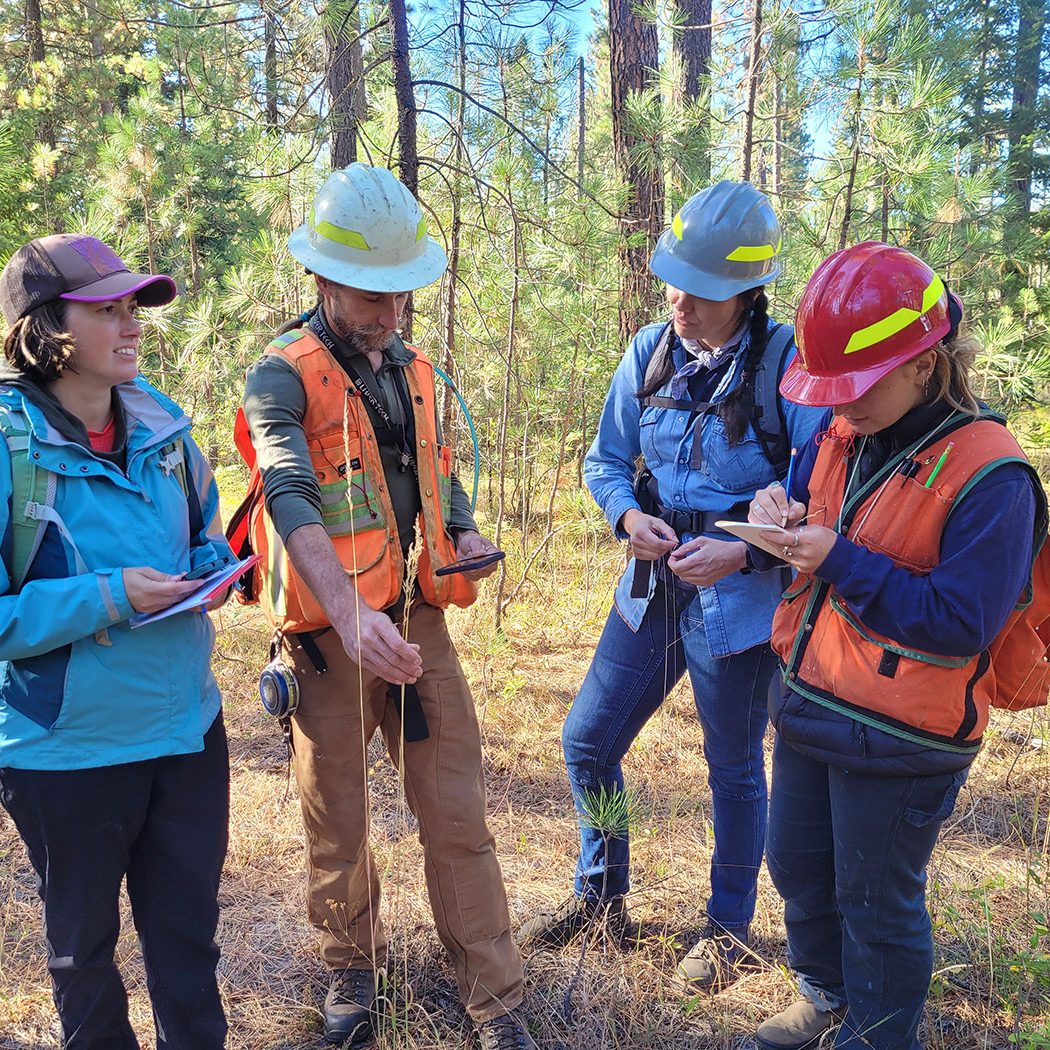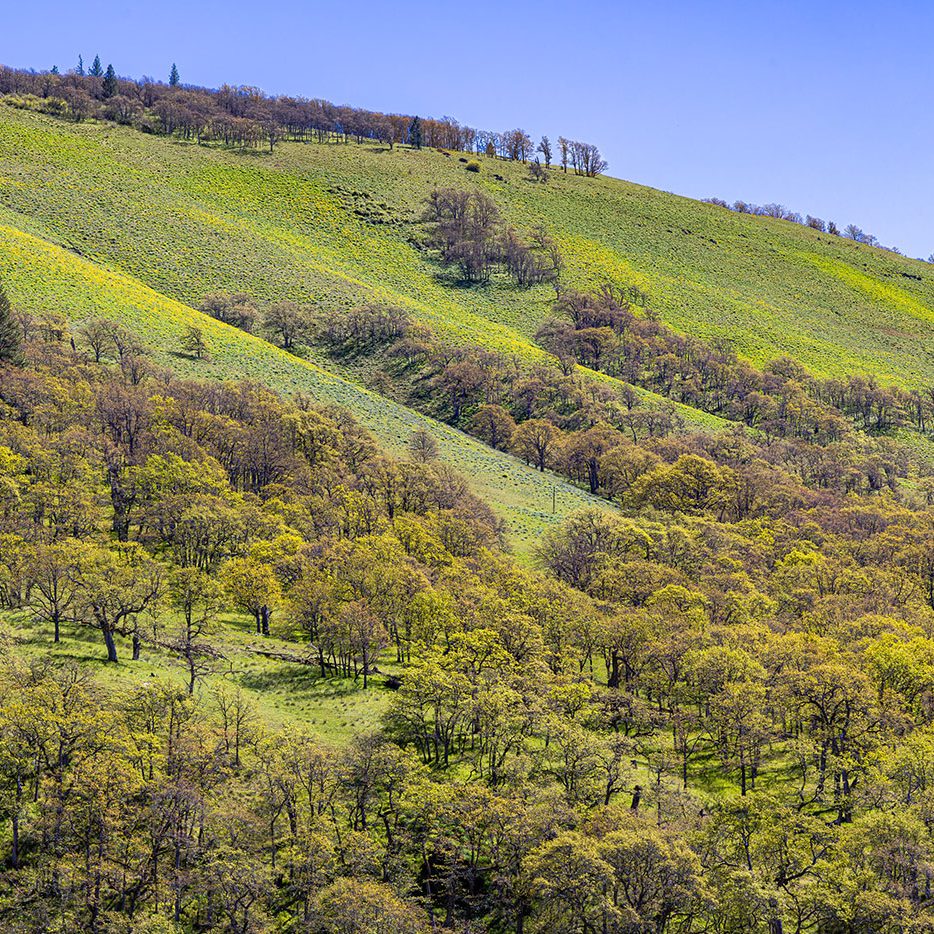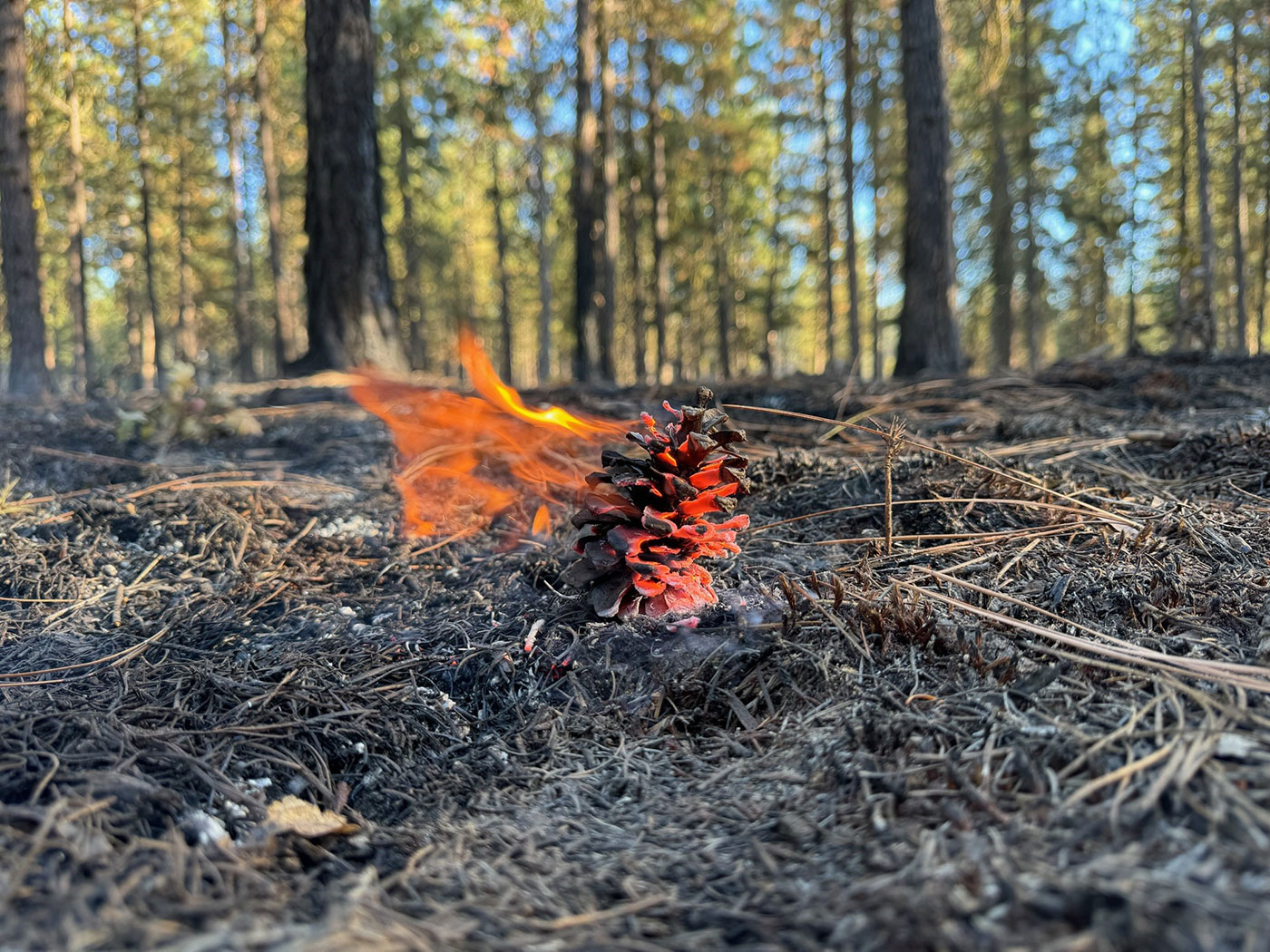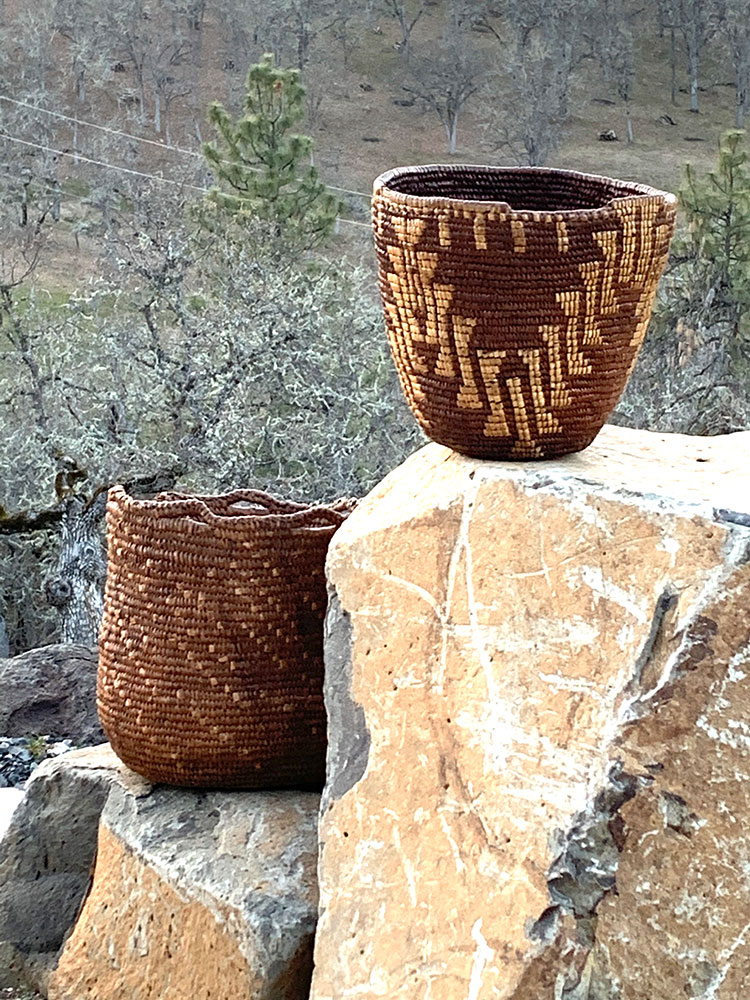What We Do Together
The East Cascades Oak Partnership’s foundation is people who care about oaks… that means you!
At a time when keystone oak habitats are under threat from development, intensive wildfire, and a changing climate, we are collaborating to leverage resources, share knowledge, and implement conservation strategies that will help protect these vulnerable habitats. Check out our strategic plan to learn more.

Strategic investments lead to powerful change
ECOP emerged from a community conversation about why we care about our home and what we can do to responsibly care for it. Early investments by Columbia Land Trust, Pacific Birds, and other core partners grew the partnership into larger investments by funders like the Oregon Watershed Enhancement Board (OWEB), which provided an enormous opportunity to advance our conservation strategies through their Focused Investment Partnership program. ECOP is currently implementing a $7 million OWEB award in Wasco County and along the Columbia River Gorge National Scenic Area with matching partner investments from U.S. Forest Service, Natural Resources Conservation Service, Oregon Department of Fish & Wildlife, Oregon Department of Forestry, Oregon Parks and Recreation Department, Columbia River Gorge National Scenic Area, Confederated Tribes of Warm Springs, Columbia Land Trust, Friends of the Columbia Gorge Land Trust, and others. Support from private foundations and private donors continues to elevate our work and fuel the partnership's continued success, especially in Washington state.
ECOP's goals
The oak landscape is intact and connected
The oak landscape is resilient to climate change and wildfire
Biodiversity persists
Our work reflects the values of all people in our region and seeks to elevate the voices of historically underrepresented people at the decision-making table.
People behave reciprocally in the oak landscape
Together we will ...
Ecological outcomes we’ll achieve together
-
Oak habitat diversity persists
In this ecotonal region, from oak savanna to mixed oak and conifer forest, there are many types of oak systems. Each offer unique values to wildlife and people. We want to see this diversity persist.
-
Oak habitats are ready for fire
Across these oak habitats, the type of plants growing and how dense they are indicate how they might burn in a wildfire. If oak systems burn, we want them to burn at lower intensities.
-
Habitats not fragmented
Habitats are not fragmented by roads and houses, maintaining connectivity for wildlife and plant migration and adaptation.
-
Oaks are released
Sun-loving oaks are released from the shade of overtopping conifers that accumulate in the absence of fire.
-
Mature oak habitat features
Mature oak habitat features, like large, old trees with cavities, are protected and new ones are encouraged to develop.
-
Diverse native oak persists
Diverse native oak associated species and pollinators persist beneath the oaks.
-
People reciprocate
People reciprocate with oak habitats – We learn about the values oak systems provide and we modify our actions to improve outcomes for all.
How we actualize these changes
Networking
The most effective conservation strategies happen at a landscape scale and celebrate diverse partners, perspectives, and voices. Through ECOP’s communication channels, quarterly partnership meetings, and learning tours and events, we catalyze collaboration and resource-sharing to further our goals.


Engagement
How we communicate matters. We provide opportunities for people to share information and observations with one another. ECOP’s brochures, posters, and communication tools are crafted with input from partners and our community. We share helpful resources to grow understanding and support for restoration work benefiting us all. Our Outreach Plan, informed by partners and professional assessments, outlines our strategies for engaging with our community.
Technical Support
We develop monitoring projects that help partners answer confounding questions about the resources we’re managing and home in on successful restoration strategies. We host conversations with tribal elders and indigenous partners to understand the indigenous lifeways our oak systems are adapted to and how removal of those practices has impacted ecological integrity and the wellness of tribal communities. ECOP has developed assessment tools to help people think critically about the unique qualities of oak systems, and monitoring protocols that standardize the way we collect information about oak systems. We have developed management guidance for our unique region, helping people make informed management choices in backyards and across national forests!


Restoration
The East Cascades Oak Partnership is catalyzing oak habitat restoration across the region. Our strategies include the removal of encroaching conifers and unnaturally accumulated fuels, weed treatments, prescribed burning, and planting desirable plants on thousands of acres on public, private, and tribal lands from the Confederated Tribes of Warm Springs Reservation in the south to the Yakama Nation Indian Reservation to the north, and the Columbia River Gorge in between.
Land Protection
Columbia Land Trust, Friends of the Columbia Gorge Land Trust, The Conservation Fund, and other partners are working to protect key habitat and working forest to permanently prevent conversion to non-forest uses. These investments help ensure species will have room to adapt across elevation, precipitation, and temperature gradients as climate conditions continue to shift.
Currently, ECOP partner Columbia Land Trust is working on permanently protecting over 10,000 acres of oak-pine woodlands. Project manager, Nate Ulrich, says that “Conserving land requires shared effort and a commitment to working together. It is a hopeful act, because it’s both tangible and long-lasting. Together, we are working to ensure that future generations can know the places, wildlife, and experiences that we cherish.” High powered partnerships like ECOP allow conservation of lands to happen across ownerships— replacing boundaries with habitat connectivity and climate change refugia. Interested in learning more about ECOP’s vision and conservation goals? Check out our Strategic Action Plan.






